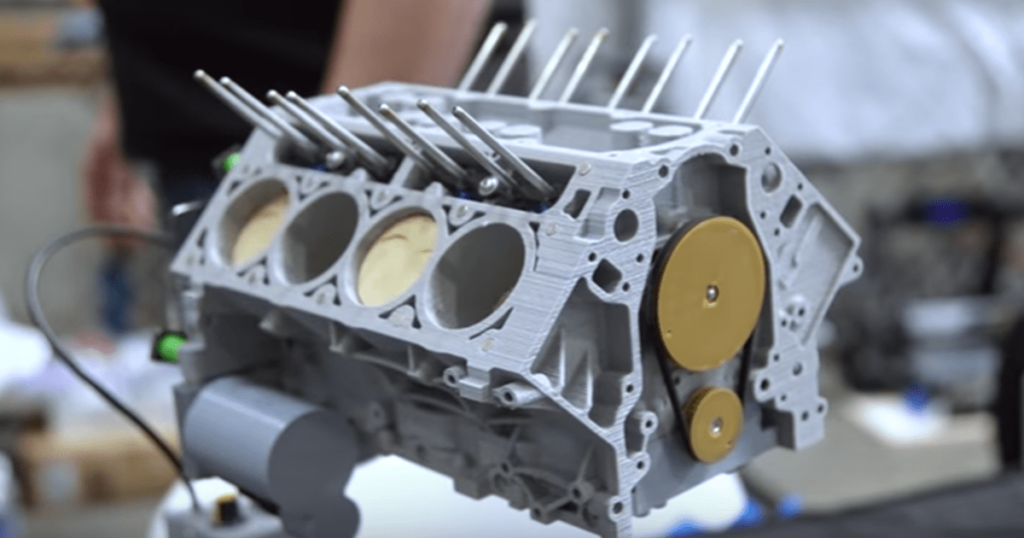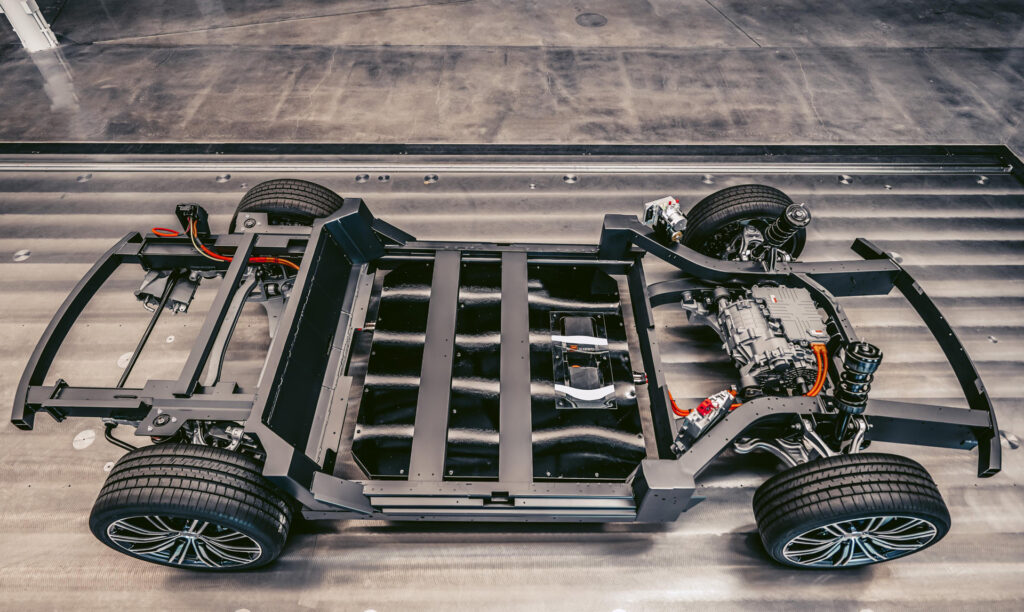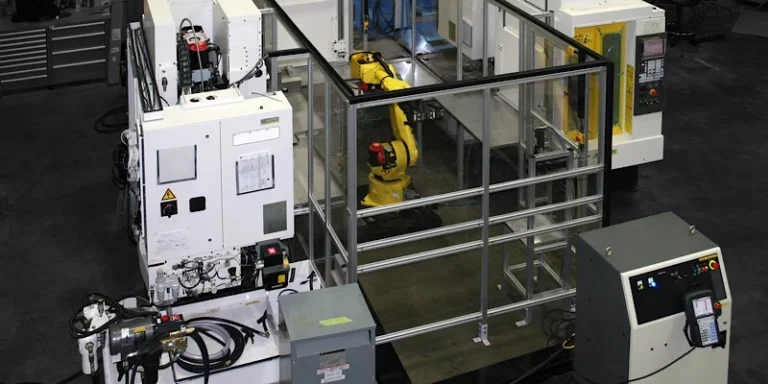Cars are among the most intricate mechanisms ever created by humans, making their development and manufacturing processes highly complex. With each new model, the demands for improved safety and performance continue to rise. Modern vehicles are now equipped with advanced sensors to monitor various aspects of their operation.
Innovative designs and materials have been introduced to enhance speed, power, and safety. These advancements require rigorous testing to ensure their efficacy. Given the increasing quantity and complexity of these tests, a specialized professional is needed. An automotive prototype testing engineer is the ideal expert for this role.
The Role Of An Automotive Prototype Testing Engineer
An automotive prototype testing engineer is a specialist who designs and conducts prototype tests at every stage of the production cycle. They are also responsible for performance tests during various phases of a vehicle’s operational cycle. This role requires a deep understanding of the durability of both static and dynamic materials. Additionally, proficiency in amplitude procedures, experience with various measuring equipment, and a solid foundation in scientific principles are essential skills for initiating and executing these tests effectively.
Important Areas Of Automotive Prototype Testing
Testing the various elements of a motor vehicle is crucial for assessing its performance. The following are some of the key areas that need to be checked:
The Engine

The engine is the most intricate and fundamental component of a car. Its evaluation involves multiple stages, starting with an assessment of the materials used in its construction. To ensure the selected materials’ yield stability, they are tested under conditions that closely mimic real-world scenarios.
Once the material testing is complete and an engine prototype is available, the engine is filled with fuel and all necessary operational fluids. Numerous sensors are attached to monitor its performance under various conditions. The engine is then activated to determine the types of loads it can handle.
The subsequent phase involves integrating the engine into a pre-built car chassis and conducting test drives to assess its real-world performance. The final step in engine testing is to install it in a completely new car prototype, ensuring that every component is part of the developed model. This comprehensive testing process ensures the engine’s functionality and reliability in the final vehicle.
Chassis
The chassis is one of the car components that endures the most extreme pressures. This is why it is rigorously evaluated for both active and stationary yield strength. The chassis must withstand tremendous forces while maintaining its structural integrity.
When developing a chassis prototype, the initial tests focus on its ability to resist bending, vibrating, and stretching. These tests ensure that the chassis can handle the stresses it will encounter during operation. Once the prototype demonstrates the necessary strength, it is integrated into a real car model. Subsequently, crash tests are conducted to further assess its durability and safety under impact conditions. This comprehensive testing process ensures that the chassis can provide the required support and protection throughout the vehicle’s lifecycle.
Car Frame

The chassis is the part of the vehicle that holds all other components together and protects the driver in the event of a crash. This is why car crash tests are crucial for evaluating the car frame. Multiple designs are created and assessed using finite element analysis, which simulates various stress and impact scenarios within defined limitations.
Once the most promising designs are identified, they are developed into prototypes. These prototypes are equipped with mechanisms that allow them to simulate real-world movement. Real car crash evaluations are then conducted using crash test dummies, which are designed to mimic the human body. This comprehensive testing ensures that the chassis can provide maximum protection and structural integrity during a collision.
Steering
The steering system is designed to give the driver control over the direction of the car. It is directly connected to the chassis and includes a hydraulic cylinder that reduces the effort needed to turn the wheels. This system is a critical component of the vehicle’s overall functionality and safety, requiring thorough testing.
To evaluate the steering system, a unique device called a dynamometer, which measures the engine’s output, is integrated into the prototype. An advanced machine is then used to simulate turning the wheels, allowing engineers to calculate the maximum force required. Additionally, the air-tightness of the hydraulic cylinder is a crucial aspect of the steering system that must be tested to ensure there are no leaks and that the system maintains consistent performance.
By conducting these tests, engineers can ensure that the steering system is reliable, responsive, and safe under various operating conditions.
Brakes
The braking system of a vehicle operates under immense friction conditions and is crucial for safety. Many car crashes have been attributed to brake failure, making it imperative to evaluate the durability and reliability of these systems thoroughly.
Initially, brake components are tested individually in a controlled setting. These preliminary installations help identify any potential issues before integrating the brakes into a real car prototype. Durability tests are then conducted to measure both the individual components’ and the overall system’s performance over time. These tests assess how long the brakes can operate effectively under various conditions.
An essential aspect of brake testing is the evaluation of hydro-mechanical systems, which involve parts moved by fluid under pressure. These systems are tested for any potential leakages to ensure they function correctly and maintain pressure. By conducting these comprehensive tests, engineers can ensure that the braking system is dependable and capable of performing reliably in real-world scenarios.
Wheels
The wheels of a vehicle are the parts that come into direct contact with the road surface. They must be durable and capable of withstanding rough and sharp materials to prevent the tires from wearing out prematurely. This is why material testing plays an essential role in ensuring the longevity and reliability of the wheels.
Material testing involves evaluating the strength, flexibility, and resistance of the materials used in the wheels and tires. This includes assessing their ability to endure various stresses and impacts that occur during driving. By conducting rigorous tests, engineers can select the best materials that offer optimal performance and durability, ensuring that the wheels can handle the demands of different road conditions and extend the lifespan of the tires.
Conclusion
An automotive prototype testing engineer at AS Prototypes is an expert dedicated to ensuring that every vehicle model is safe, dependable, and perfectly suited for the user. These professionals conduct tests from the initial phase of the model using state-of-the-art tools that simulate a car’s performance without needing a physical prototype. However, such simulations are not entirely sufficient, as they cannot account for all variables. Creating and evaluating prototypes is the only method that provides the comprehensive information needed about component functionality.
At AS Prototypes, our engineers also oversee the production of prototypes, as they may require specific modifications, such as cutouts or additional holes, to accommodate sensors for analysis. They manage and take charge of producing testing equipment that allows for the practical evaluation of every aspect of the car. Without the rigorous testing conducted by AS Prototypes, the incidence of car accidents, breakdowns, and related casualties and deaths would be significantly higher.





